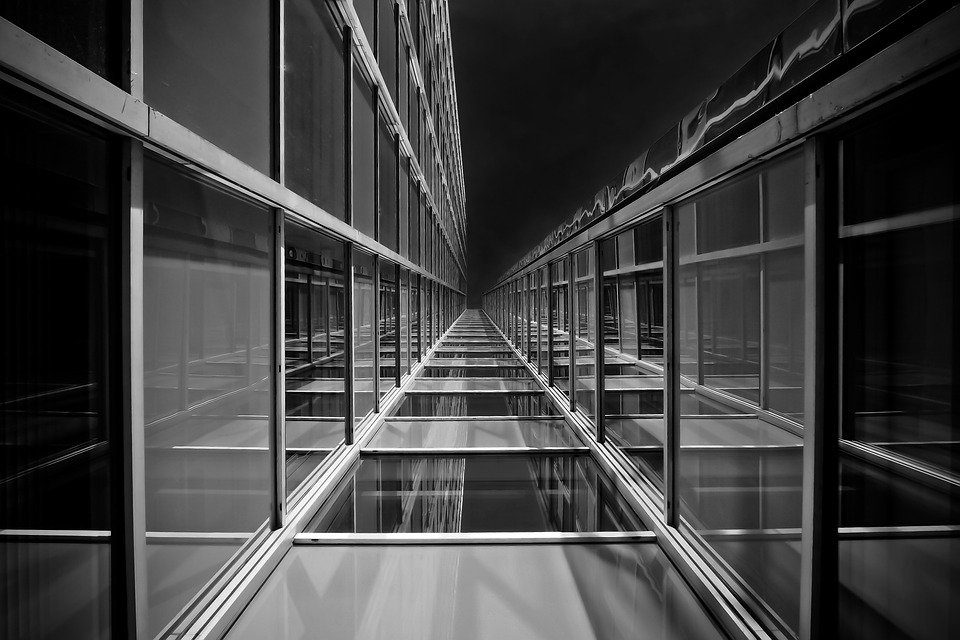The Rise of NFTs
Non-fungible tokens, or NFTs, have taken the art world by storm in recent years. These digital assets represent ownership of a unique item or piece of content, such as artwork, music, or collectibles. NFTs have revolutionized the way artists can monetize their work, allowing them to sell directly to collectors without the need for galleries or intermediaries.
The Role of Designers in the NFT Landscape
Behind every successful NFT is a talented designer who brings the digital artwork to life. These designers play a crucial role in shaping the NFT landscape, creating visually stunning and innovative pieces that capture the attention of collectors and investors.
Meet the Designers
There are many talented designers working in the NFT space, each bringing their unique style and vision to the digital art world. Some of the most notable designers shaping the NFT landscape include:
- Mike Winkelmann (Beeple) – Known for his vibrant and surreal digital artworks, Beeple has gained international acclaim for his NFT creations, including the record-breaking sale of his piece “Everydays: The First 5000 Days.”
- Grimes – The musician and visual artist has ventured into the world of NFTs, releasing her own digital art collections that blend music and visuals in innovative ways.
- Pak – A mysterious artist who has created some of the most sought-after NFTs in the space, Pak’s work often explores themes of technology and identity.
Designing NFTs
Designing NFTs requires a unique set of skills and techniques that differ from traditional art forms. Digital artists must consider factors such as file format, resolution, and encryption when creating NFTs to ensure that they are secure and easily transferable on the blockchain.
FAQs
What is an NFT?
An NFT, or non-fungible token, is a digital asset that represents ownership of a unique item or piece of content. NFTs are stored on the blockchain, making them secure and easily transferable.
How do designers create NFTs?
Designers create NFTs using digital tools and software to create unique and visually striking artwork. They then mint the NFTs on a blockchain platform, such as Ethereum, to make them available for sale to collectors and investors.
Why are NFTs popular in the art world?
NFTs have become popular in the art world because they offer artists a new way to monetize their work and reach a global audience of collectors. NFTs also provide a level of security and authenticity that traditional art forms may lack.
How can I get started in the NFT space as a designer?
If you’re a designer interested in creating NFTs, you can start by familiarizing yourself with blockchain technology and digital art tools. There are many online platforms that allow artists to mint and sell NFTs, such as Opensea and Rarible.
What are some tips for success as an NFT designer?
To succeed as an NFT designer, it’s important to create original and visually striking artwork that stands out in a crowded marketplace. Building a strong online presence and engaging with collectors and investors can also help you grow your reputation in the NFT space.
How do NFT designers protect their work from plagiarism?
NFT designers can protect their work from plagiarism by using blockchain technology to verify ownership and authenticity of their creations. By minting their NFTs on a blockchain platform, designers can ensure that their work is secure and cannot be copied or reproduced without permission.

